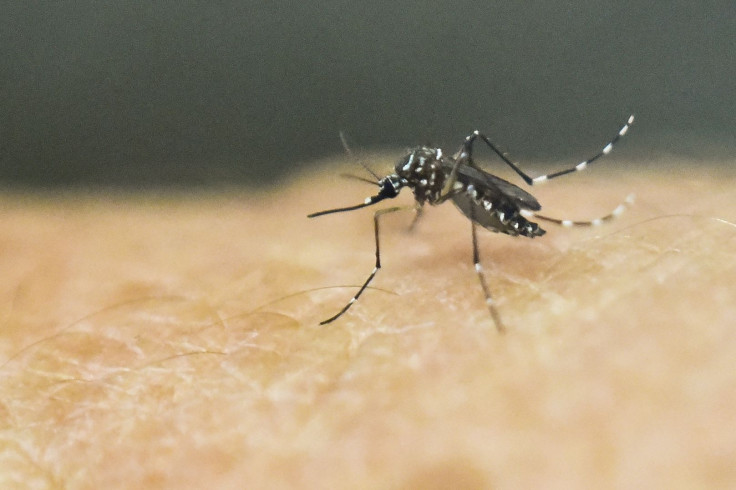Arizona's Maricopa Had The Largest West Nile Virus Outbreak In A US County: CDC
KEY POINTS
- Maricopa County logged 1,400 West Nile Virus cases in 2021
- Multiple factors could have contributed to the "unprecedented" outbreak
- There is so far no human vaccine for West Nile Virus
Maricopa County in Arizona had its largest West Nile Virus (WNV) outbreak in 2021. It was also the largest-ever outbreak of the disease in a U.S. county.
WNV is a disease that spreads through the bite of a mosquito. It is said to be the leading cause of mosquito-borne disease in the continental U.S., and it can cause a "serious, sometimes fatal" illness.
A new report from the U.S. Centers for Disease Control and Prevention (CDC), which was released Thursday, highlighted an "unprecedented" 2021 WNV outbreak in Arizona's Maricopa County.
It was said to be the fifth outbreak of the disease in the county since it was first detected in 2003. And with 1,487 cases, it was the county's largest WNV outbreak. By comparison, its previous largest outbreak was a much smaller outbreak in 2004, when there were 355 cases.
It was also the "largest documented focal WNV outbreak in a single county in the United States," according to the CDC.
Of the patients, 1,014 required hospitalization and 101 died — all of those who lost their lives had a neuroinvasive disease.
What exactly caused the "unprecedented" outbreak in Maricopa County is unclear, the agency noted. However, it may have been the result of a combination of various factors, from population growth to changes in people's health care-seeking behavior because of COVID-19.
The event also showed a lack of awareness of WNV even with all the efforts to raise awareness about it, according to the agency.
For instance, the Maricopa County Department of Public Health (MCDPH) issued an alert in June of that year, after the first confirmed human case of the WNV season was identified, as per the CDC. This was so health care providers would be on the lookout for signs of the disease.
There were also increased social media efforts in August because of the monsoon season in Arizona. Meanwhile, efforts against the proliferation of mosquitoes also continued.
In September, the agency announced the first death of a patient with confirmed WNV.
"In spite of increased community and health care partner outreach through social and other media and health care provider messaging, anecdotally, clinicians and patients reported a lack of awareness of the WNV outbreak, highlighting the need for a more effective messaging strategy to increase public and provider awareness, case diagnosis and WNV prevention," the CDC noted.
So far, there is no human vaccine for WNV. The only available vaccines so far are for horses. There is also no specific therapy for it.
The best way to prevent getting WNV is to avoid getting bitten by mosquitoes. Some important measures include using insect repellents, wearing clothing items that cover the arms and legs and making it a point to prevent the proliferation of mosquitoes in homes.

© Copyright IBTimes 2024. All rights reserved.






















